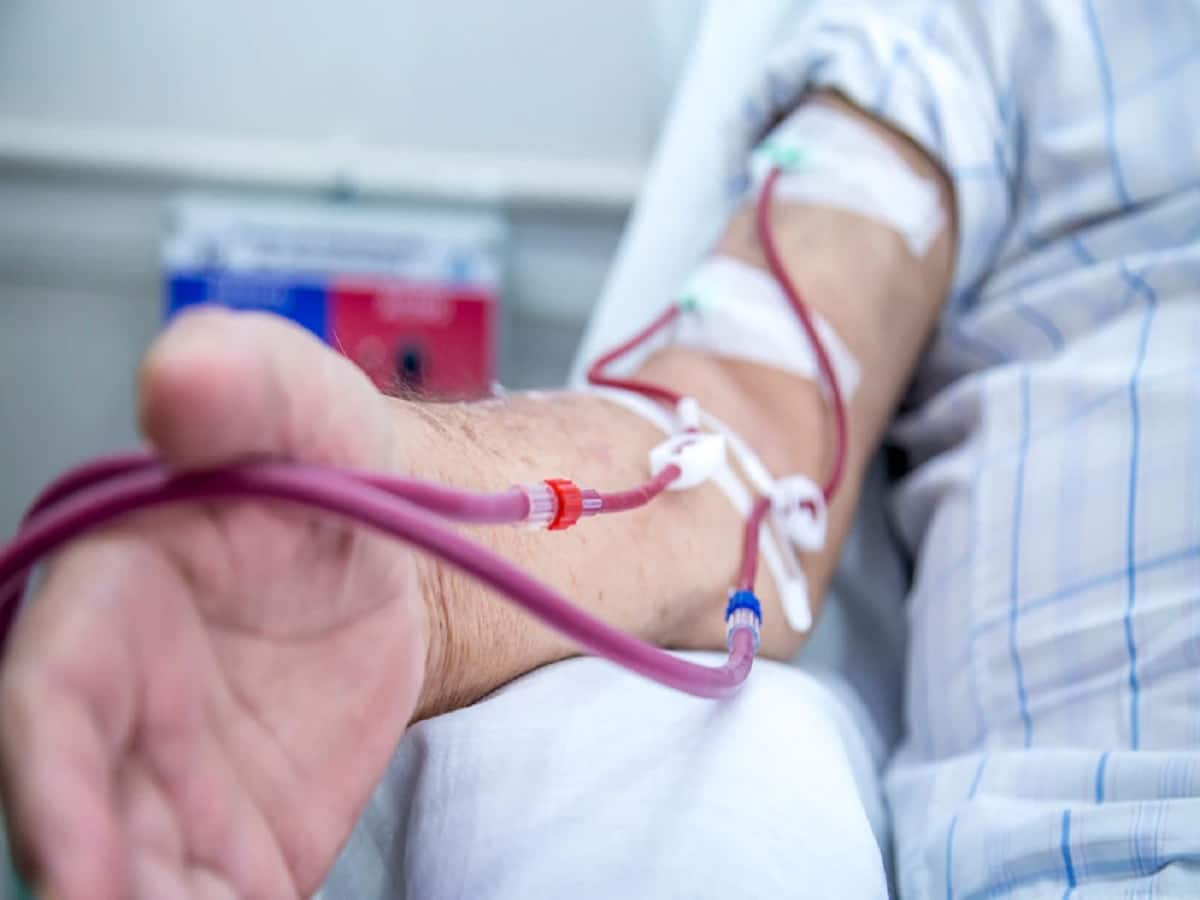
Piles also are known as hemorrhoids are enlarged and swollen blood vessels found inside or around the smooth muscles of the anus or rectum walls. Piles or hemorrhoids are lumps that often appear tiny, round, and discoloured.
They are dilatation of radicles of rectal veins within the anal canal. Your anal canal is the short, muscular tube with blood vessels that connects your rectum (back passage) with your anus.
These veins are usually weak due to thin walls and hence any obstructions or increase of pressure in or around them can predispose piles.
Types of Piles and symptoms
Depending upon the situation, piles (hemorrhoids) can be divided into two types:
External piles (hemorrhoids)
External Piles(hemorrhoids) are developed at the margins or outside of the anal opening and are covered by skin. Usually, they are painful and may rupture and bleed especially due to the passage of hard stools eroding the already dilated blood vessels. They may also become thrombosed (presence of blood clots and are felt as a small, painful lump around the anal opening.
Symptoms
- Pain – Pain is common in external piles which will be worse while straining at stool.
- Protruding mass – In external piles the swelling can be felt around the anal orifice. However in comparison, the swollen effect can’t be felt in internal piles initially. As the disease progresses the piles protruding during stool will go inside automatically. Also, the condition might become worse causing the protruded piles not to go back in to the anus.
- Dilatation of the veins related to anus – This is common in people leading a sedentary lifestyle. A bluish cushion-like ring around anus appears while straining at stool.
- A thrombosed external hemorrhoid or pile – Commonly known as Perianal hematoma. It is a small clot that occurs outside of the anal canal on the anus.The condition is very painful and appears all of a sudden. If untreated, it might suppurate (pus formation), fibrosis and might give rise to a tissue tag, or it may burst or continue to bleed.
- Sentinel piles (hemorrhoids) – The form of pile is commonly seen with anal fissure (painful longitudinal ulcer).
Internal piles (hemorrhoids)
Internal piles are located on the inside lining of the rectum and cannot be felt unless they prolapse and push through the anus opening thus – causing pain and itching. It is covered by mucous membrane and is red or purple in colour and are often painless.
Symptoms
- Bleeding is a common symptom associated with internal piles that come in splashes while pressing for stool. The earliest symptoms of internal piles appear in a slight or red colour and may be profuse in some cases.
- In some cases, there will be a discharge of mucus with itching around the anal orifice.
- A slimy whitish discharge,(in the internal pile) frequently accompanies the protrusion of the anal lining.
- Itching or general discomfort in and around the anus.
- Anemia is rare but can be due to persistent heavy bleeding from the internal piles (hemorrhoids).
However, an individual can have both internal and external piles which is known as interoexternal piles.
Factors responsible for piles
- Pile is a familial disease – especially internal piles can be hereditary or passed on from one generation to the next. It resides in a genetic mutation that is transmitted by either parent (or both) through the gametes to their offspring.
- Piles is seen only in animals maintain an erect posture. This is due to congestion in the rectal veins due to the effect of gravity.
- It is common in individuals having chronic constipation. It can also affect those who have Infection or often visit the toilet due to frequent urge for stooling.
- Too much intake of chicken, prawns, spicy food and more can cause piles. Those who take vegetables and fibrous food are rarely affected.
- Piles can occur during pregnancy due to compression of rectal veins by the uterus.
- Cancerous lesions in the rectum can obstruct blood flow and result in piles.
- Loss of muscle tone in the rectum due to old age and after rectal surgery can be a factor.
- Lifting heavy weight objects can also trigger piles due to pressure.
- Eating more processed food may cause constipation and predisposes you to piles. However, eat foods high in fiber to remain unaffected.
- A sedentary lifestyle with no exercise can cause piles.
- Straining at urination due to enlarged prostrate in males or urethral stricture (narrowing of the urinary opening) can lead to piles.
- Conditions such as childbirth, chronic cough, and Obesity which increases intra-abdominal pressure cause piles.
- Excessive straining at bowel movements.
What are the possible complications of piles?
- Infection – The infection can spread to deep veins resulting in septicaemia.
- Fibrosis – Here the piles become fibrosed with hardening of anal orifice.
- Thrombosis – The blood inside the piles will form clots and can obstruct blood flow.
- Gangrene – Here the tissues in the piles and nearby skin die due to lack of blood supply.
- Suppuration – When the piles suppurate it can produce abscess with discharge of pus.
- Anemia – chronic blood loss from hemorrhoids may cause anemia, in which you don’t have enough healthy red blood cells to carry oxygen to your cells.
How to prevent piles
The best way to prevent piles (hemorrhoids) is by ensuring your stools remain soft, that way you can easily pass it out without pressure. To achieve this, you need to:
- Eat plenty of fruits and vegetables.
- Take fibrous food.
- Avoid excess intake of meat, prawns, crabs etc
- Keep a regular timing for food.
- Drink a sufficient quantity of water.
- Keep a regularity in bowel habits.
- Take treatment for constipation.
The Prevention steps mentioned will only keep you away from having piles if you keep to the rules. Many people don’t have that consistency in keeping to these rules. Some give several excuses with ‘I don’t have the time’ taking the lead.
However, prevention they say is better than cure, but in a situation the disease has occurred, it’s better you use the natural method of treatment first. Treating Piles naturally comes with no side effect and the ingredients can easily be found around your environment.
Furthermore, the natural treatment for piles is very effective during the earliest stage. If your pile case is severe, then modern treatment is needed. All information about modern pile treatment is available in this ARTICLE. Piles that has existed for more than 2weeks will not respond positively to the natural treatment but modern treatment. Therefore, watch out for the signs above to avoid it staying too long in the body.








